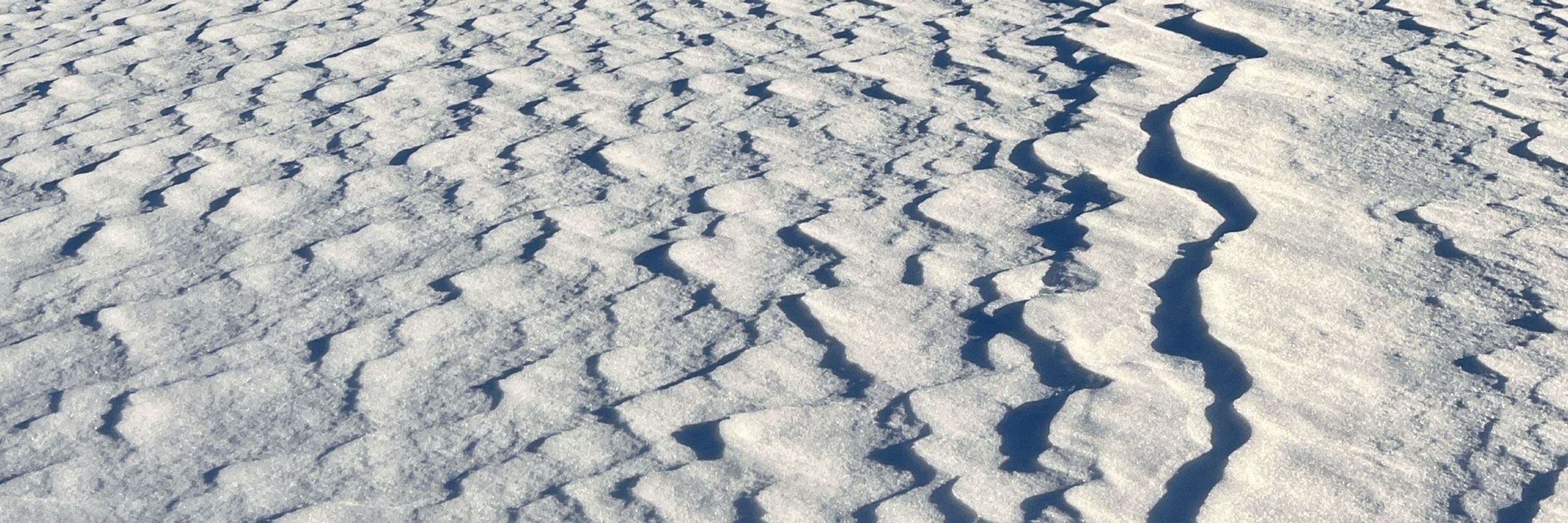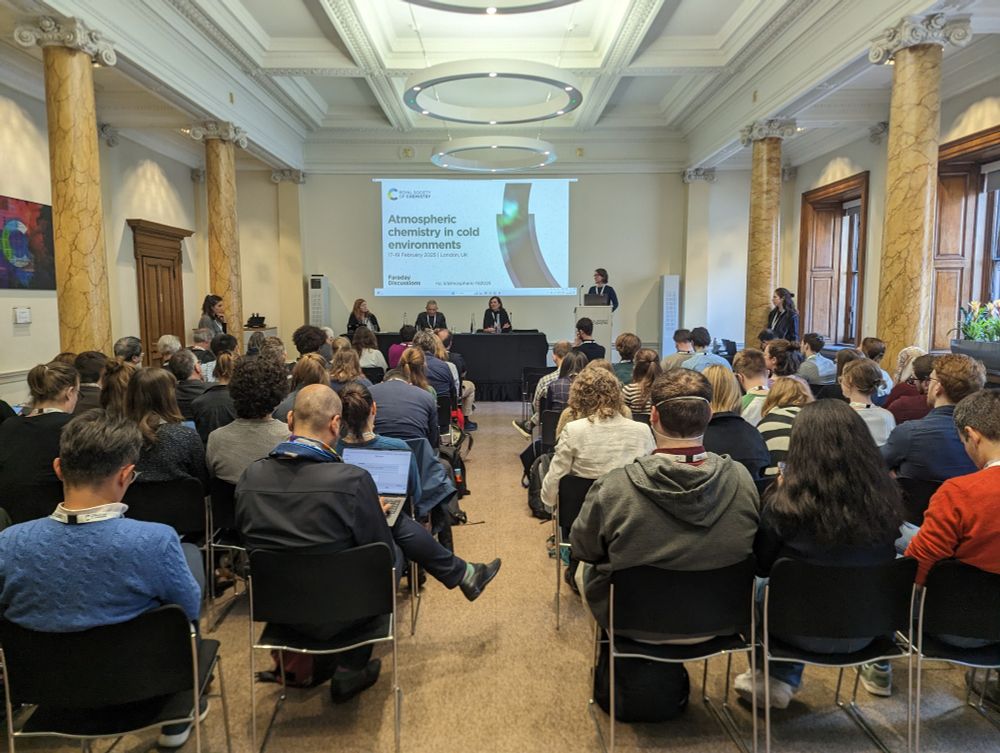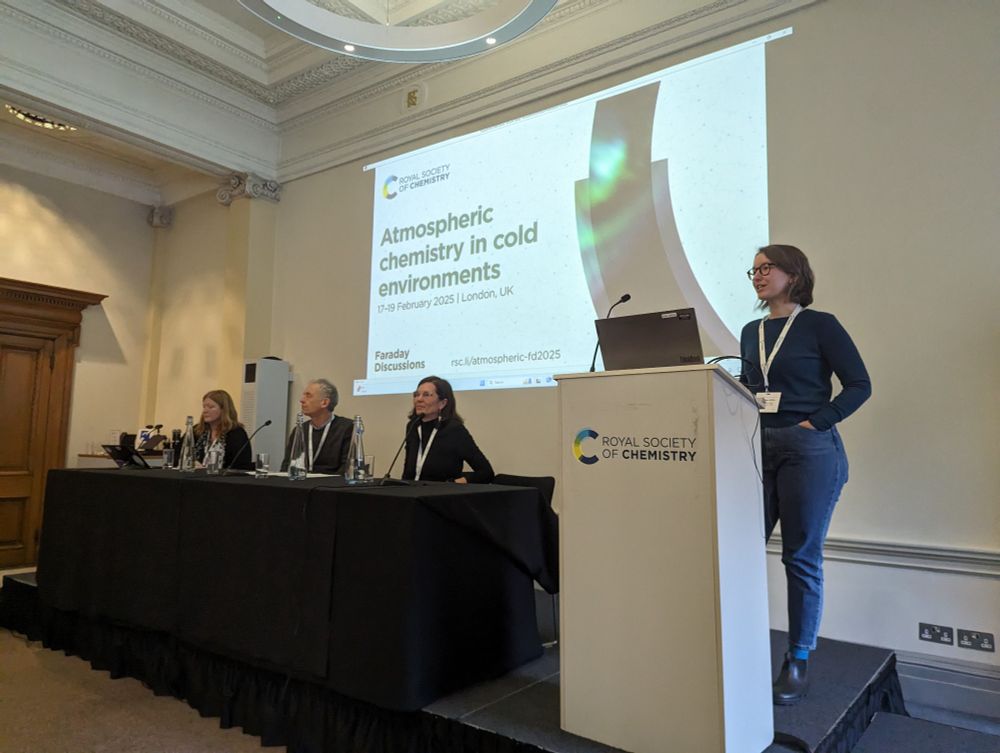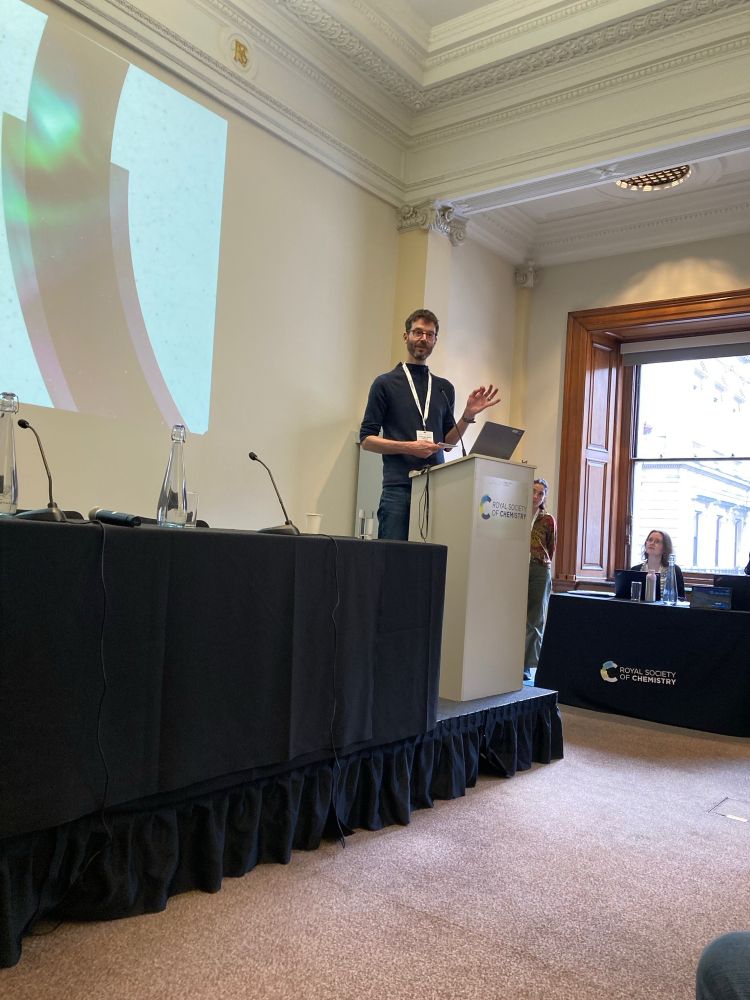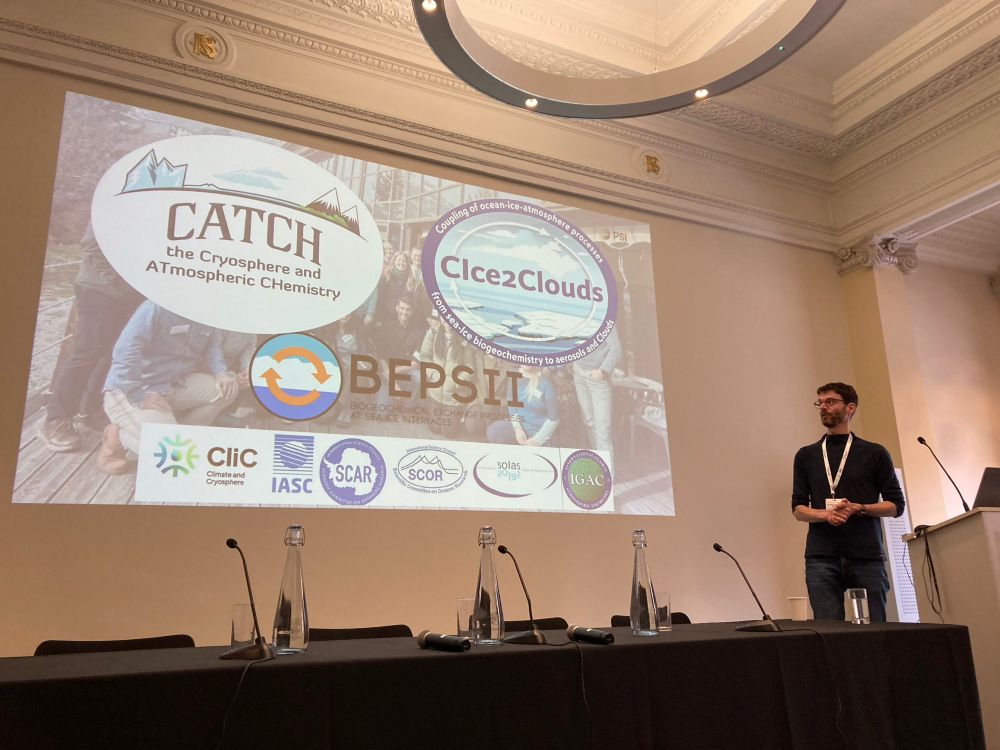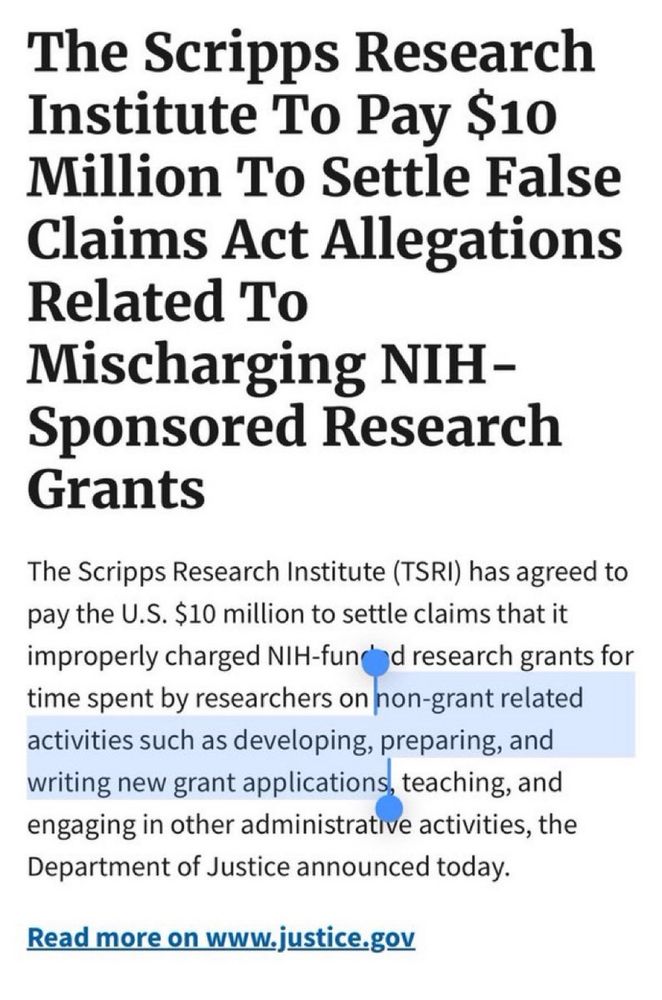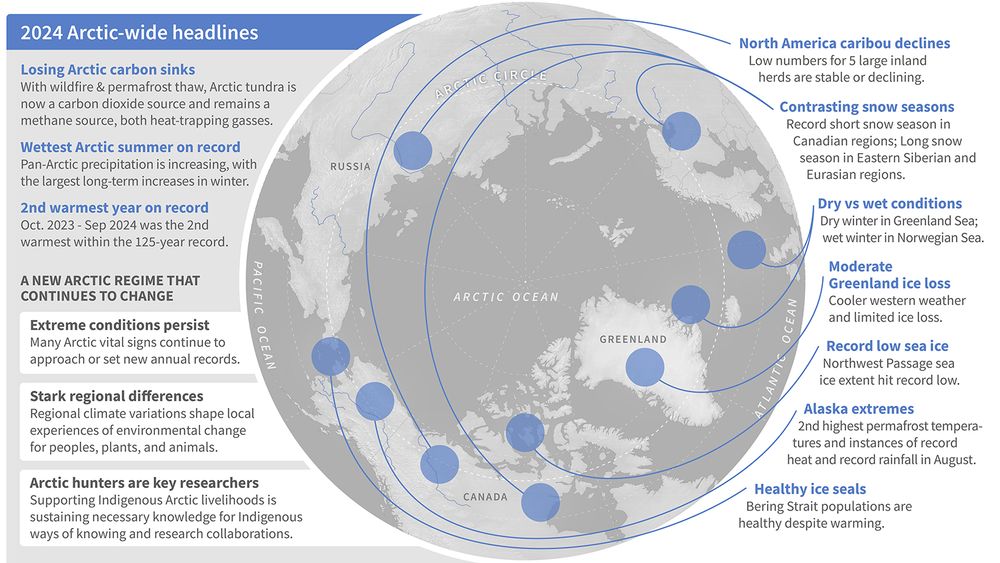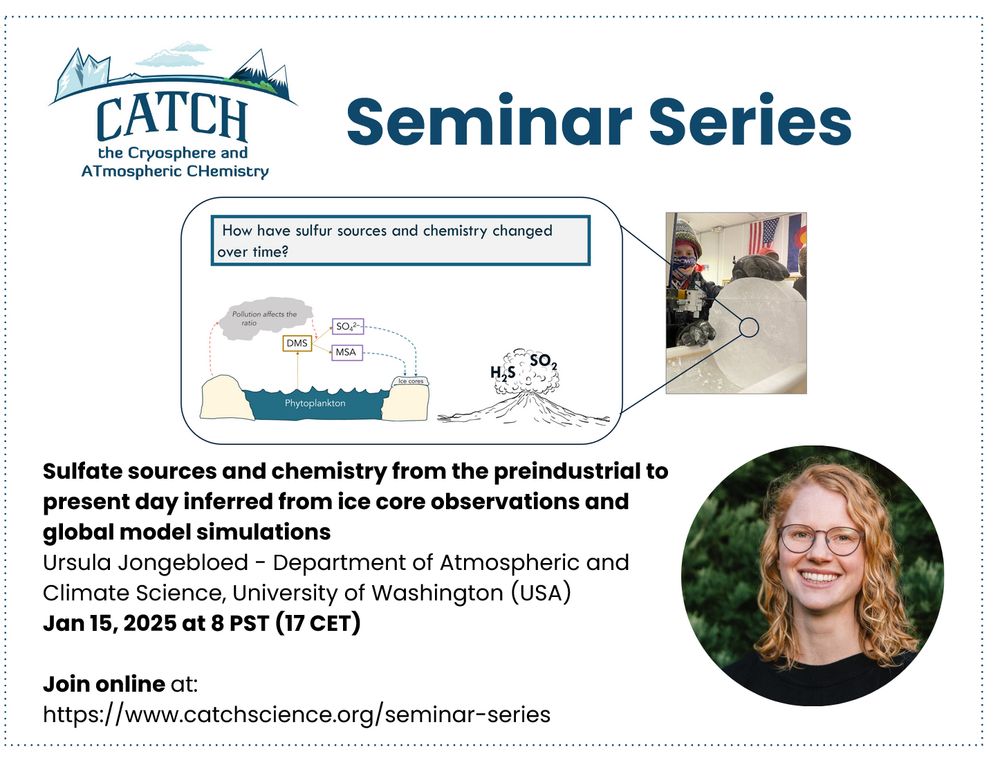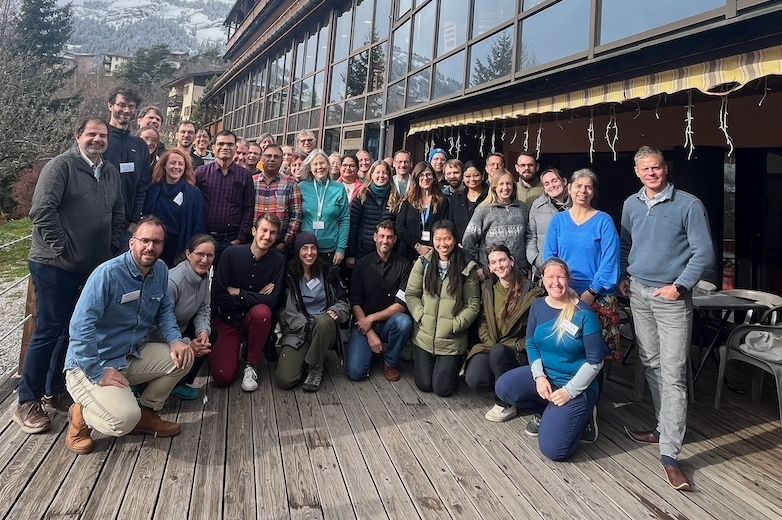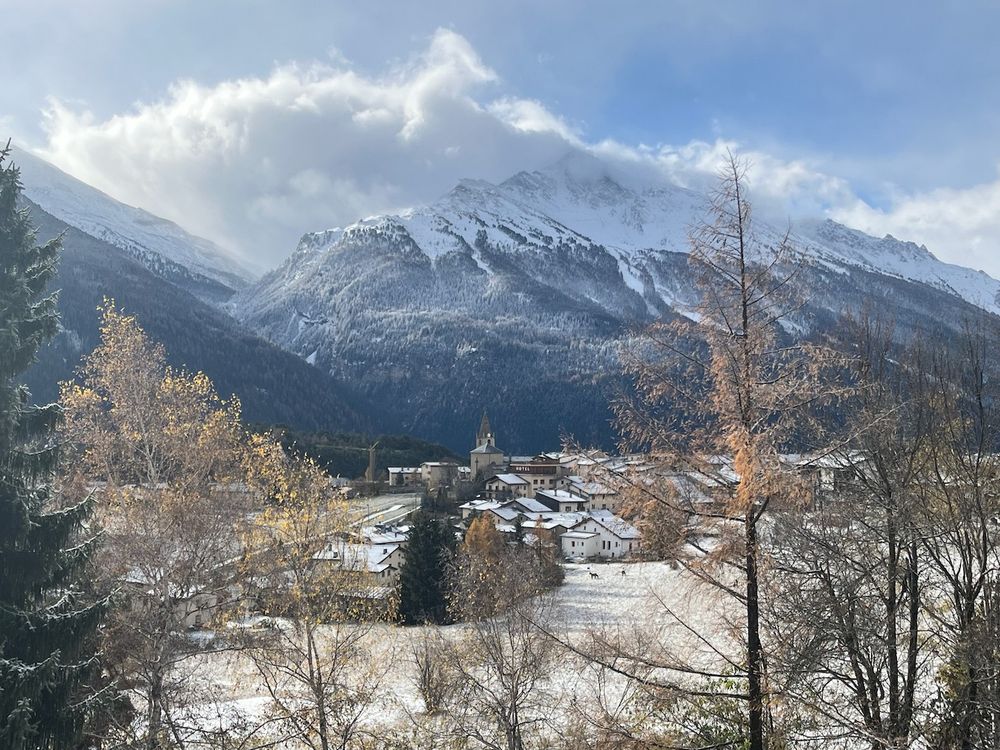Thorsten Bartels-Rausch
@thorbarra.bsky.social
13 followers
26 following
7 posts
Science and other things. Small print: This expresses my personal view.
Posts
Media
Videos
Starter Packs
Reposted by Thorsten Bartels-Rausch
Reposted by Thorsten Bartels-Rausch
Reposted by Thorsten Bartels-Rausch
Reposted by Thorsten Bartels-Rausch
Reposted by Thorsten Bartels-Rausch
Markus Ammann
@mammann63.bsky.social
· Dec 4

Iodine Activation from Iodate Reduction in Aqueous Films via Photocatalyzed and Dark Reactions
Iodine in the atmosphere destroys ozone and can nucleate particles by formation of iodic acid, HIO3. Recent field observations suggest iodate recycles from particles sustaining significant gas-phase IO radical concentrations (0.06 pptv) in aged stratospheric air, and in elevated dust plumes. However, laboratory evidence for iodine activation from aerosols is currently missing. Here, a series of coated-wall flow tube (CWFT) experiments test for iodine release from thin aqueous films containing iodate. Photocatalyzed reactions were studied using iron(III) citrate (Fe–Cit), Arizona Test Dust (ATD), and Fe2O3, along with the dark reaction of iodate with H2O2 at 90% RH and 293 K. Fresh films were separately irradiated with visible and UV-A light, and the efficient release of molecular iodine, I2, was observed from all irradiated films containing photocatalysts. For films with Fe–Cit, visible light reduced larger amounts of iodate than UV-A light, activating ∼40% of iodate as I2. The formation of oxygenated volatile organic compounds (OVOC) and iodinated OVOC was also observed. Dark exposure of films to H2O2 led to I2 release in smaller amounts than suggested by Bray–Liebhafsky kinetics, consistent with H2O2 salting-out in the films, or possibly other reasons. Photochemical activation is enhanced by dust proxies in the film, and by aging the film with H2O2 in the dark prior to irradiation. These findings help explain recent field observations of elevated IO radical concentrations in lofted dust layers, and warrant the inclusion of photocatalyzed iodate reduction in atmospheric models.
doi.org
Reposted by Thorsten Bartels-Rausch
Reposted by Thorsten Bartels-Rausch
